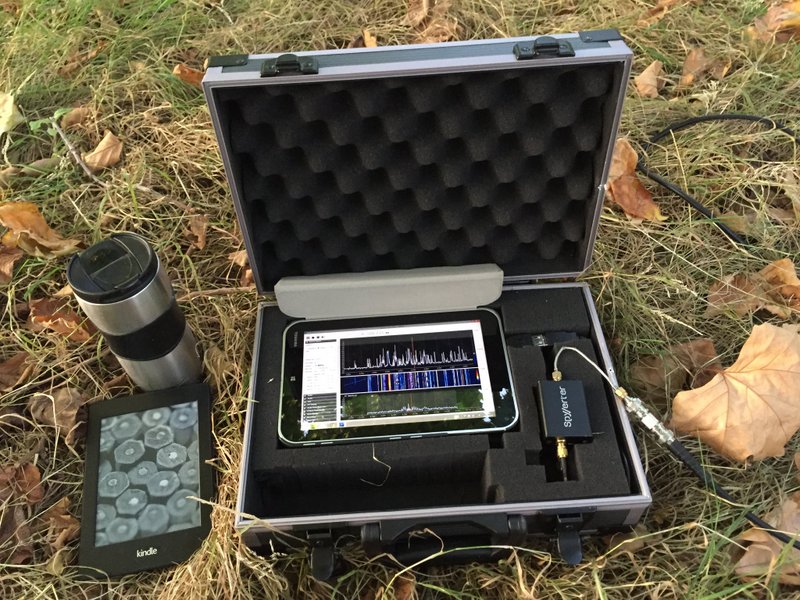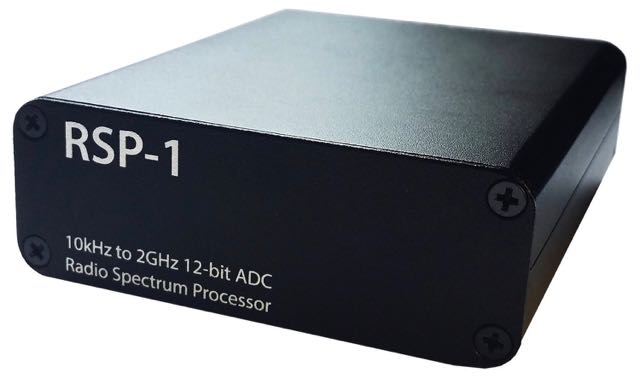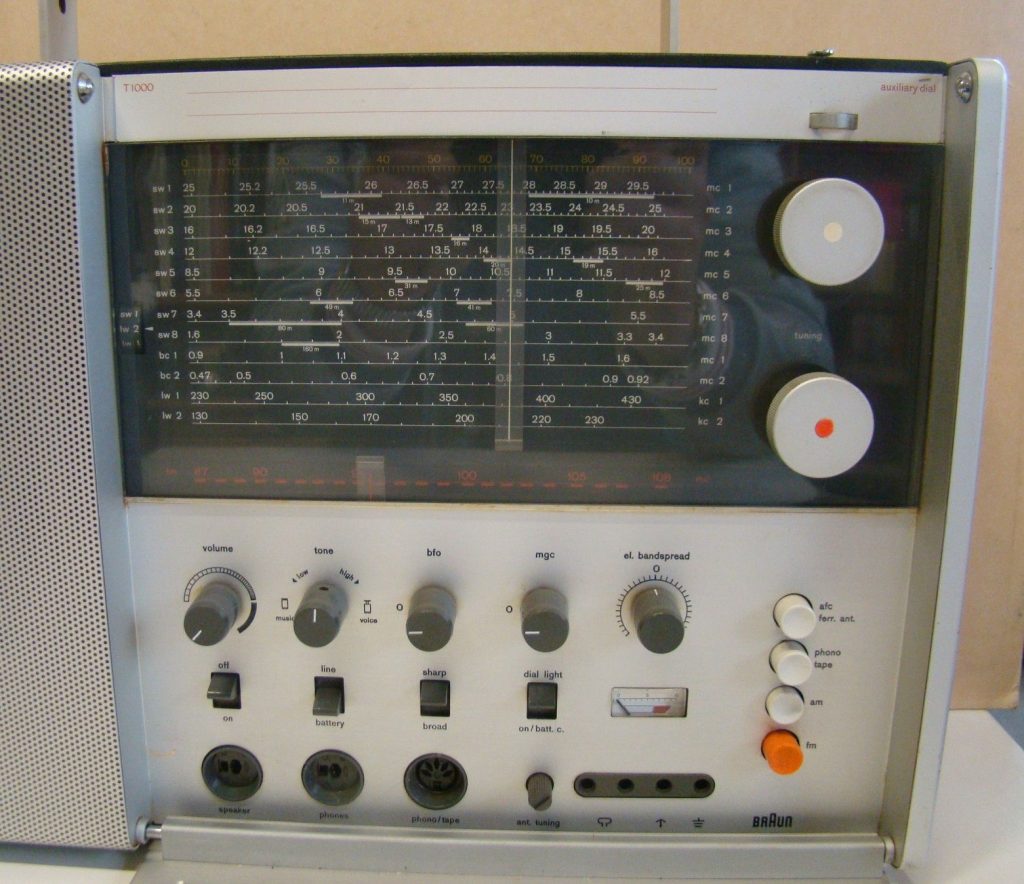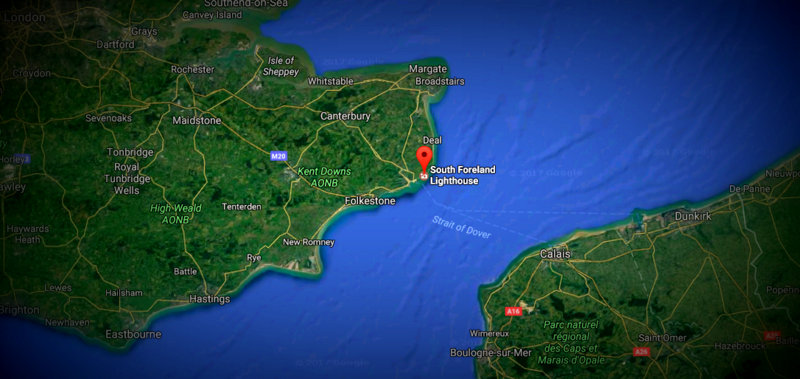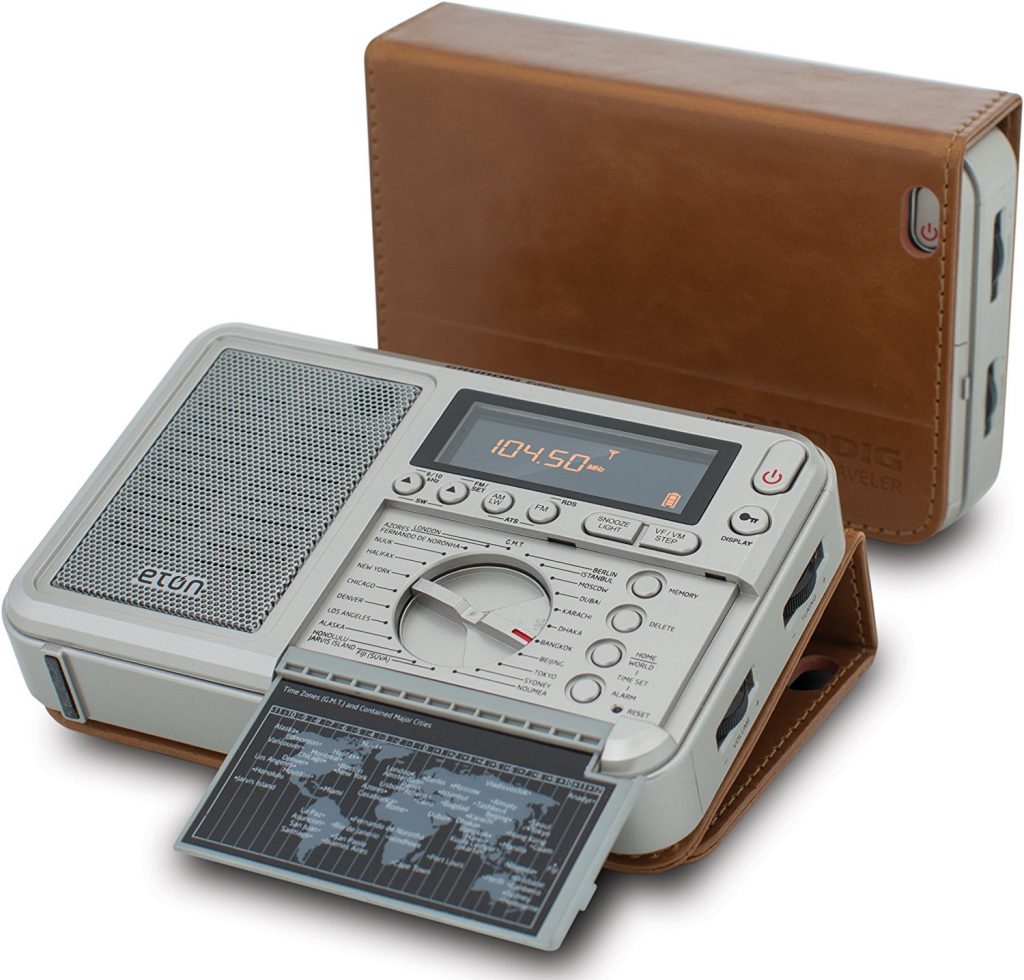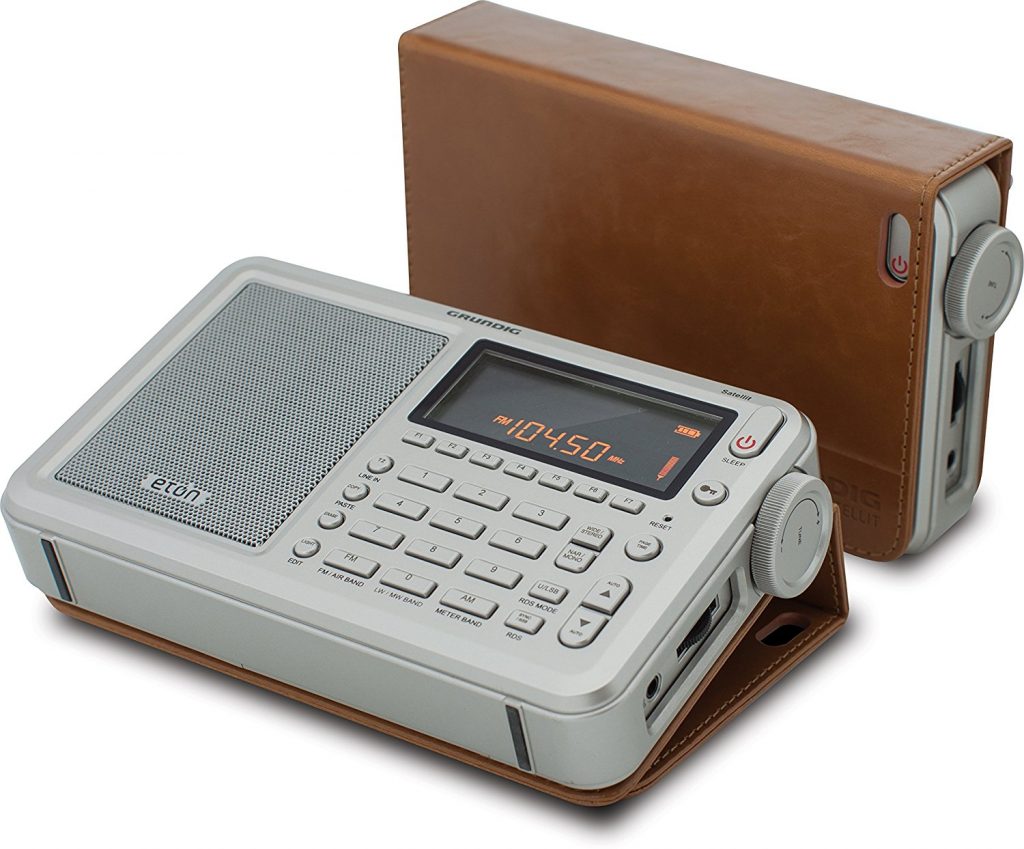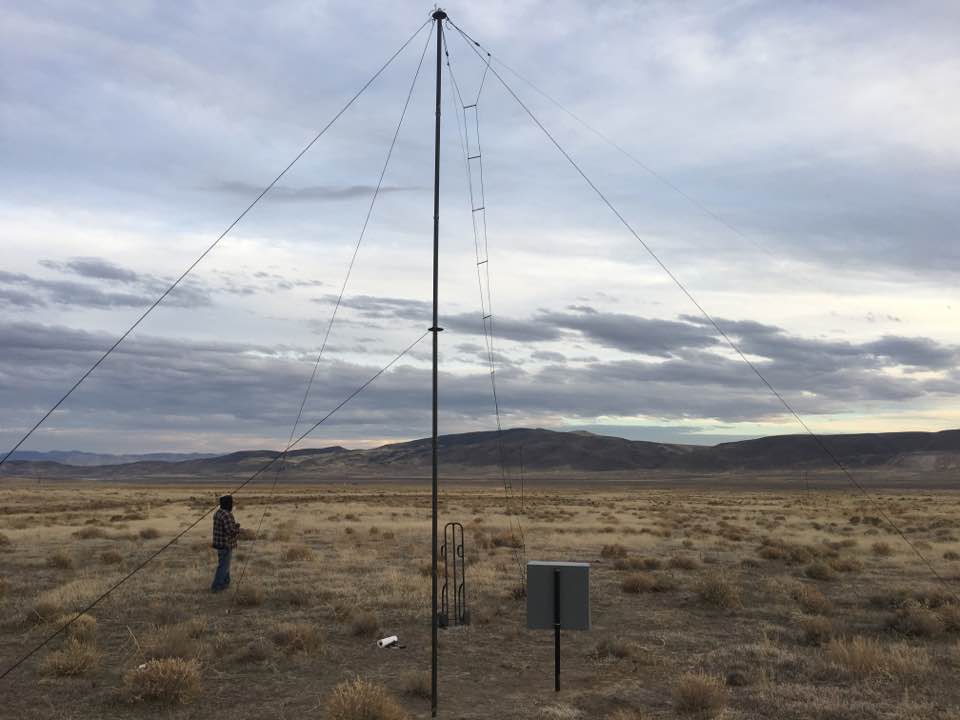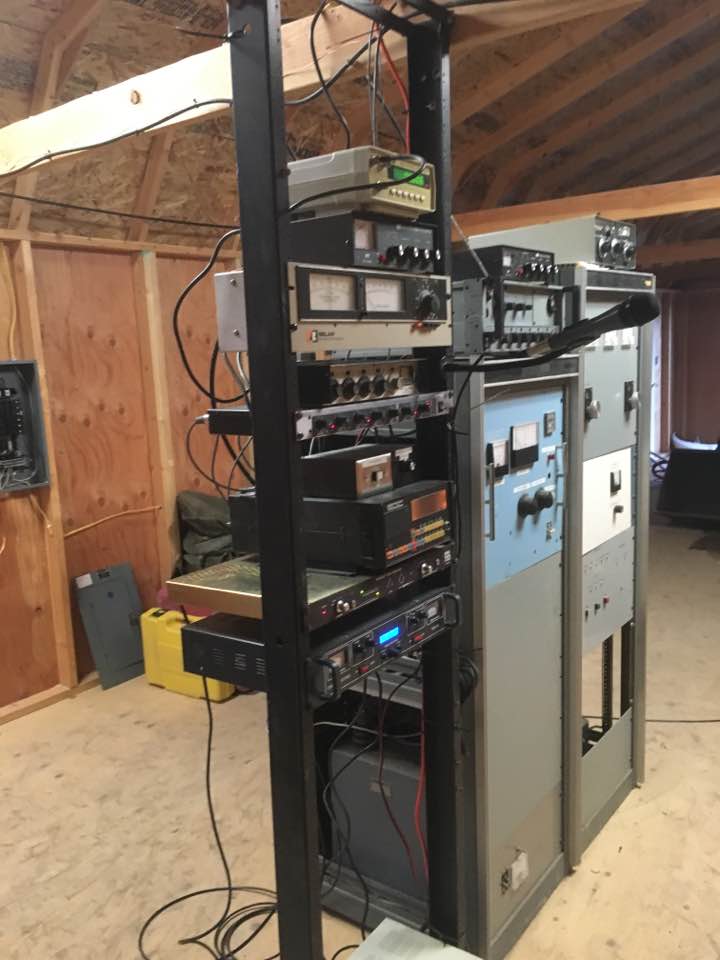I am very happy to share that the BBC Radio 4 program Wireless Nights, Series 5, features our own community member London Shortwave this week. The show aired tonight (March 27) and the audio is now available to stream via the Radio 4 website. I’ve also embedded the audio below:
Here’s the description of the show from Radio 4:
Megahertz
Jarvis Cocker navigates the ether as he continues his nocturnal exploration of the human condition.
On a night voyage across a sea of shortwave he meets those who broadcast, monitor and harvest electronic radio transmissions after dark.
Paddy Macaloon, founder of the band Prefab Sprout, took to trawling the megahertz when he was recovering from eye surgery and the world around him became dark. Tuning in at night he developed a ghostly romance with far off voices and abnormal sounds.
Artist Katie Paterson and ‘Moonbouncer’ Peter Blair send Beethoven’s Moonlight Sonata to the moon and back, to find sections of it swallowed up by craters.
Journalist Colin Freeman was captured by the Somali pirates he went to report on and held hostage in a cave. But when one of them loaned him a shortwave radio, the faint signal to the outside world gave him hope as he dreamed of freedom.
And “London Shortwave” hides out in a park after dark, with his ear to the speaker on his radio, slowly turning the dial to reach all four corners of the earth
Jarvis sails in and out of their stories – from the cosmic to the captive – as he wonders what else is out there, deep in the noise
Producer Neil McCarthy.
I found Megahertz absolutely captivating! I’m very impressed with how all of the personal adventures in radio, including an array of motivations, were weaved together.
And brilliant job, London Shortwave! It was fun to go on a park outing with you and your spectrum capture gear!

